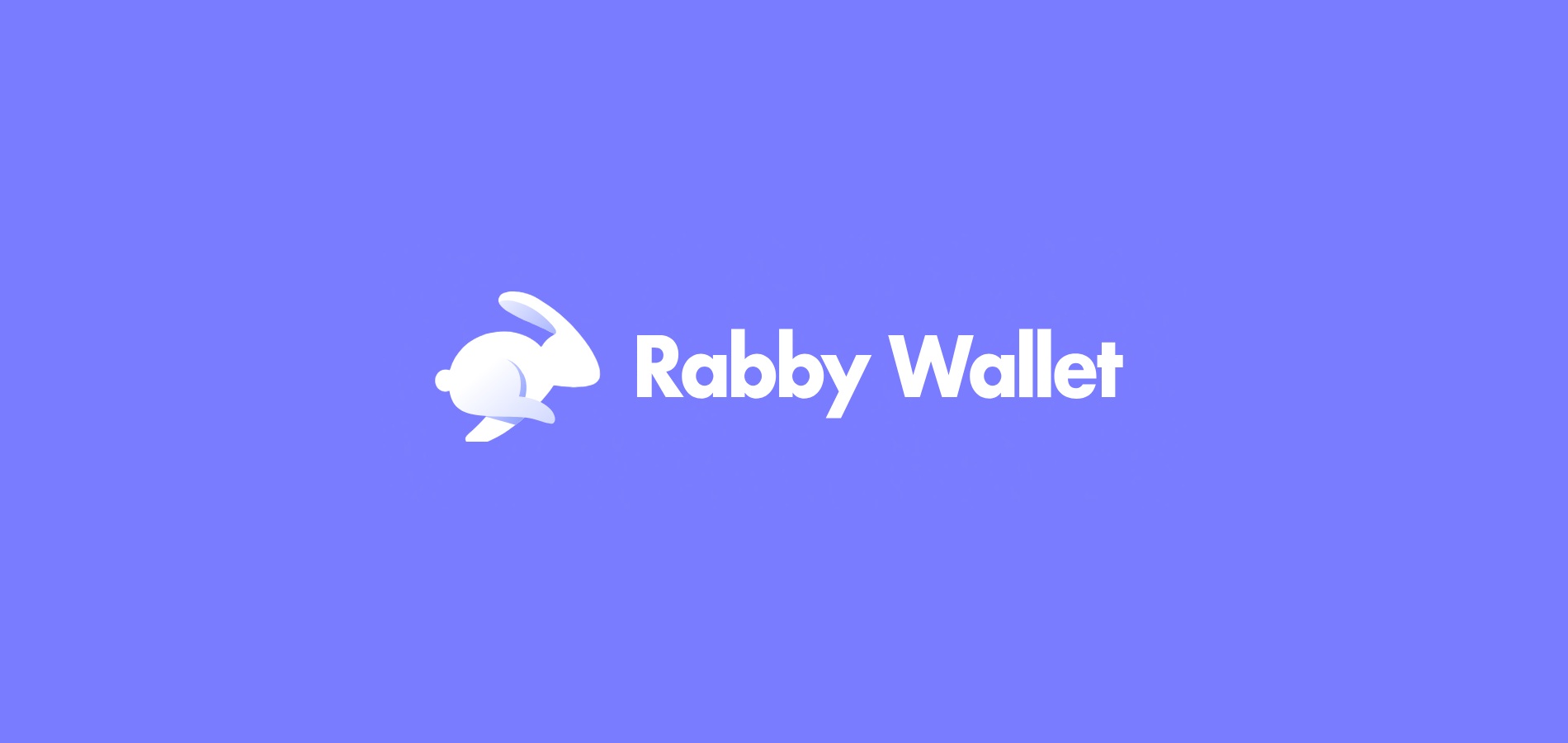Whoa! You ever think about how much trust we put into those tiny strings of characters called private keys? No? Well, I wasn’t really paying close attention until recently—something felt off about just clicking “send” on crypto apps without fully understanding what’s happening under the hood.
Here’s the thing: private keys are the real deal in crypto. They’re like the keys to your house, except if you lose them… well, good luck getting in again. But that’s just the start. With NFTs booming, having a wallet that supports them seamlessly is becoming very very important. And desktop wallets? They provide a kind of control and security that mobile apps sometimes just can’t match.
Initially, I thought, “Okay, a wallet is just a wallet.” But nope. The more I dug in, the clearer it became that some wallets are kinda like Swiss Army knives, while others feel more like flimsy flip knives you don’t want in a fight.
So, why does this matter to you, especially if you’re looking for a crypto wallet that’s both beautiful and easy to use? Let me walk you through some stuff I’ve learned (and some I’m still figuring out).
Private keys first. Seriously, you can’t just trust anyone with those. They are your ultimate proof of ownership in crypto. If the wallet manages your keys on your device instead of some cloud server, that’s a huge plus. The peace of mind? Priceless.
Check this out—desktop wallets like Exodus offer exactly that kind of local key management. It’s not just security; it’s about autonomy. You’re not handing your keys over to some faceless company. You keep control.
NFTs are another beast. When most people think “crypto wallet,” they imagine coins—Bitcoin, Ethereum, blah blah. But NFTs add a whole new dimension. They represent unique digital assets, art, collectibles, and more. Not all wallets handle them well. Some just show a jumble of tokens with no real support for the NFT’s metadata or visuals.
Exodus, for example, has made a point of integrating NFT support right into their desktop app, making it easy to view and manage your collectibles alongside your coins. If you’re like me and enjoy showing off a little digital art now and then, that’s a game changer.
Okay, so mobile wallets are convenient, no doubt. But desktop wallets still win in terms of user experience and security layers. It’s a bit like preferring to drive a car instead of taking a scooter when you’re hauling valuable cargo. The desktop interface can offer more advanced features without feeling cluttered.
My instinct told me that juggling NFTs and private keys on a tiny phone screen might lead to mistakes or oversights. And actually, after testing several wallets, I saw that’s often the case. Desktop wallets like Exodus provide a cleaner, more intuitive layout that helps prevent user errors.
Honestly, I’m biased, but I find the design and usability of Exodus pretty impressive. It’s not just functional; it’s pleasant to use. And if your wallet makes managing crypto feel like a chore, you’re less likely to stick with it or explore new assets.
Oh, and by the way, Exodus supports a wide range of cryptocurrencies too. That means you don’t have to juggle multiple wallets for different coins and NFTs. Having everything in one place really simplifies things, especially if you’re new to this whole crypto ecosystem.
One thing that bugs me sometimes is how crypto wallets can be overly technical, scaring off newcomers. But Exodus manages to strike a balance—it’s powerful enough for seasoned users yet approachable for beginners. That’s pretty rare in this space.
On one hand, some hardcore users might want more customization or advanced security options, like hardware wallet integration. Though actually, Exodus does offer hardware wallet compatibility, which bridges that gap nicely.
For folks who value privacy and control, keeping your private keys stored locally on your desktop is a big win. It reduces the risk of hacks that target cloud-stored keys. But, of course, that also means you’re responsible for your backups. Lose your keys? You lose your assets. Simple as that.
So yeah, managing your private keys carefully is non-negotiable. But if you’re not ready for the complexity of manually handling keys and seed phrases, wallets like Exodus provide a user-friendly safety net without compromising on control.
Seriously, I recommend giving their desktop app a spin. It’s not just hype—there’s a reason so many in the crypto community talk about it. You can check it out here: https://sites.google.com/cryptowalletuk.com/exodus-crypto-app/. No pressure, just my two cents from digging around this space for a while.
But I get it—everyone’s needs are different. Maybe you prioritize mobility or ultra-advanced features. Still, for most users who want a good-looking, intuitive wallet that respects their private keys and handles NFTs gracefully, desktop wallets deserve a closer look.
And hey, when you’re messing with something as valuable and volatile as crypto, having a solid foundation under your feet (or mouse) goes a long way. It’s like choosing the right boots for a hike—you can do it in flip-flops, but why risk it?
FAQs About Private Keys, NFT Support, and Desktop Wallets
Why are private keys so important?
Private keys are essentially your proof of ownership and access to your crypto assets. If someone else gets your key, they control your funds. Losing your private key means losing access forever, so managing them securely is critical.
Can I manage NFTs on any crypto wallet?
Not all wallets support NFTs well. Many mobile wallets focus on coins and tokens but don’t display NFT metadata or images properly. Desktop wallets like Exodus often provide better NFT integration, letting you view and manage your digital collectibles smoothly.
Are desktop wallets safer than mobile wallets?
Generally, desktop wallets that store private keys locally offer enhanced control and security compared to mobile wallets that might rely on cloud storage. However, safety also depends on user practices and backing up keys properly.





